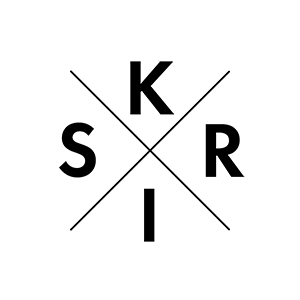You’ve executed the interviews – informative weren’t they? It’s the time to put everything information that is definitely in your head upon paper, and pull all this together into a complete picture.
This article employs on from your previous article which provided tips on how to conduct the interviews themselves. Here we give you some feasible techniques to apply whilst inspecting your interviews, helping shape your effects into something tangible.
Style your results into a narration
After interviews you’ll find that you’ve lots of interesting thoughts and ideas jumping around your mind, but most likely in no clear framework. The outcomes will be better to understand and convey in front of large audiences if they are ordered into a crystal clear narration.
The ultimate way to do this to get this done is to put everything upon paper then sift through the results to produce a final unified story.
Post-it notes & a white-colored board
2. Put all the concepts, concepts and conclusions you present in each interview onto sticky notes (each point should be on its own note).
* Stay away from long content as you should be able to quickly scan that and really know what it identifies, each sticky should simply contain about 10 thoughts.
* Feel free to use short quotes or simple summaries if they will sum up the finding well.
* Include a number or an interviewee name towards the corner so that you can keep track just where each sticky came from.
2. If you evaluated people from differing teams (for model new and returning customers) patterns will probably be easier to spot if you set a symbol to each post-it (or used coloring co-ordinated post-its) to show which group that they belonged to.
After the interviews you’ll know the dimensions of the common styles that show up through the interviews, so complete the post-its around and group them accordingly.
Take your time with this, you may find the first groupings alter over time. This is often called a great ‘affinity diagram’. An advantage of using post-its is that lit . the entirety of your results at once, rather than seeing a tiny part over a screen at any one time. Seeing the ‘big picture’ will assist you to visualise the proceedings more easily than attempting this visualisation in your mind alone. An additional is that post-its give you the versatility to make additionally changes to your diagram if and when needed.
For anyone who is able to, try this on a bright white board. This has 2 advantages:
* It truly is feasible draw bands around the communities, and add réflexion where required.
* The post-its will probably stick and stay to need them (rather than deciding to fall for the floor at most inopportune times).
Essentially you’re making a visual representation (almost a mind map) of the result. Once it’s visualized, you will find it’ll help to make a lot more impression.
Don’t forget so why you were conducting the interviews
The first document emphasized the requirement to have a specific goal the moment conducting the interviews:
“The aims of interviews should be discover:
* Users’ needs and goals.
* Just how users total tasks on your own site (or would do if operation was available).
* What users think the site gives them (and what more they will really want/need). ”
This could act as an effective framework to use your conclusions, and should be remembered even though conducting the analysis. Although keep in mind that the advantage of interviews is normally their flexibility so if you truly feel placing an alternate focus on the results makes clear your results, you can do therefore.
Bounce your opinions off somebody else
Stand in front of your post-its and talk your results through with someone (or several people). Encourage issues. You will not be qualified to answer every question, nevertheless, you will find just where gaps in your explanations will be. Talking through your findings will in addition help even more clarify your ideas, and you’ll find out where the gaps are within your overall photo.
You may also locate bouncing concepts off men and women that didn’t sign up for the interviews useful. Viewing the effects with an individual with a distinct perspective from your own can make ideas you might not have considered usually.
Take your time
You will find the first couple of hours will be stuffed with a madness of composing and collection post-its, you should then rest on the end result. You will find the subconscious help keep on taking care of the problems, and you could well get you wake up with even more ideas, or perhaps when taking a soak within a bath, or perhaps on the walk home… There will always be further pieces to add, and changes to be made to your cast diagram.
Developing your results from interviews is like developing a photograph manually ,. It takes time and if you rush through the procedure then the result is not as it should be. Take your time over the each stage, you should have been given an outstanding amount details to process during the selection interviews, so ensure all sorts of things relevant gets down and a clear overall message has the ability to develop.
Ending
Once that you simply done it really leaves the ‘simple’ matter of:
* Making whatever alterations are required to your site
5. Producing personas
* Checking out problems with your overall site
* Directing new design ideas
another one of your thousands of concerns interviews can easily feed amazingly useful facts into culturecard.ca. But these “small” concerns might be made easier knowing the hard work can pay off come go live.
As i have said in the previous document “interviews are an easy way to find in-depth information about your users”, remember more efforts is needed than expected to take out those superb results.
